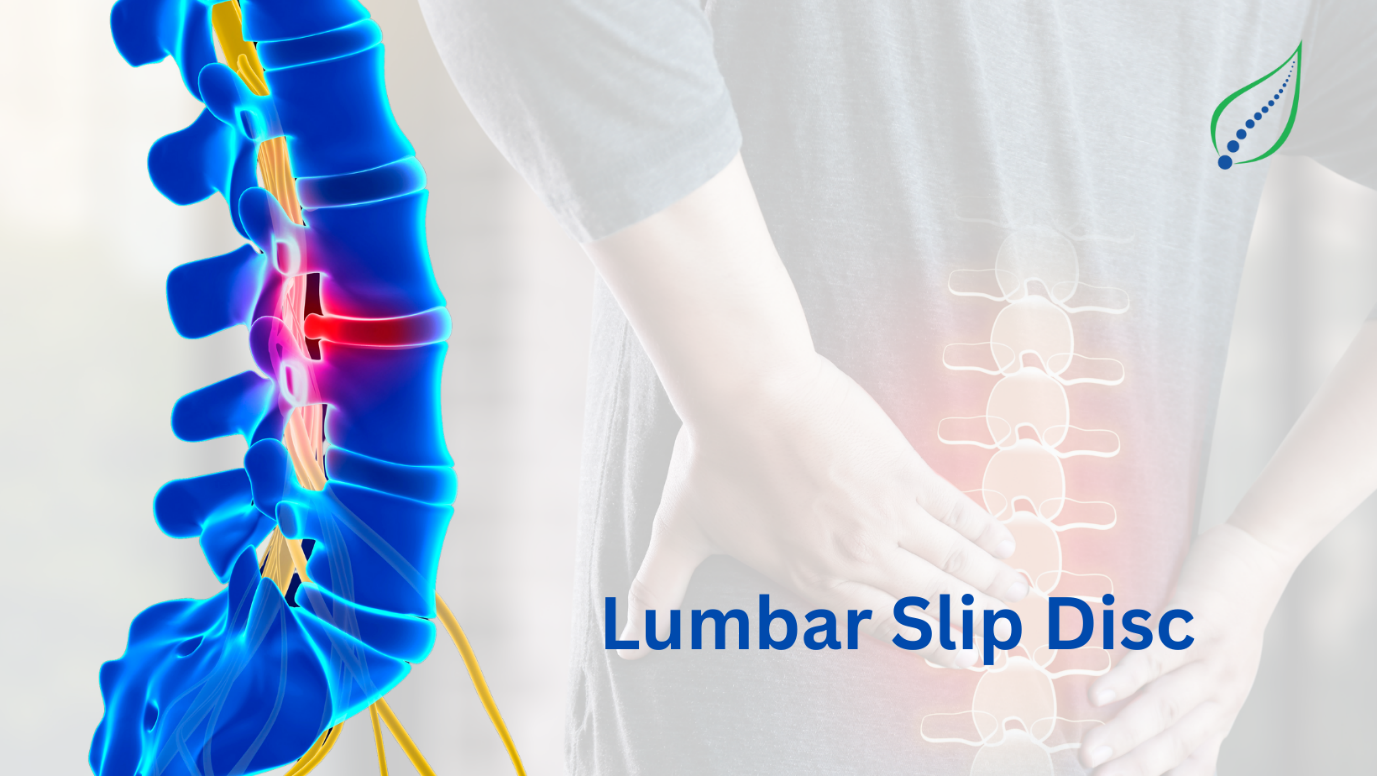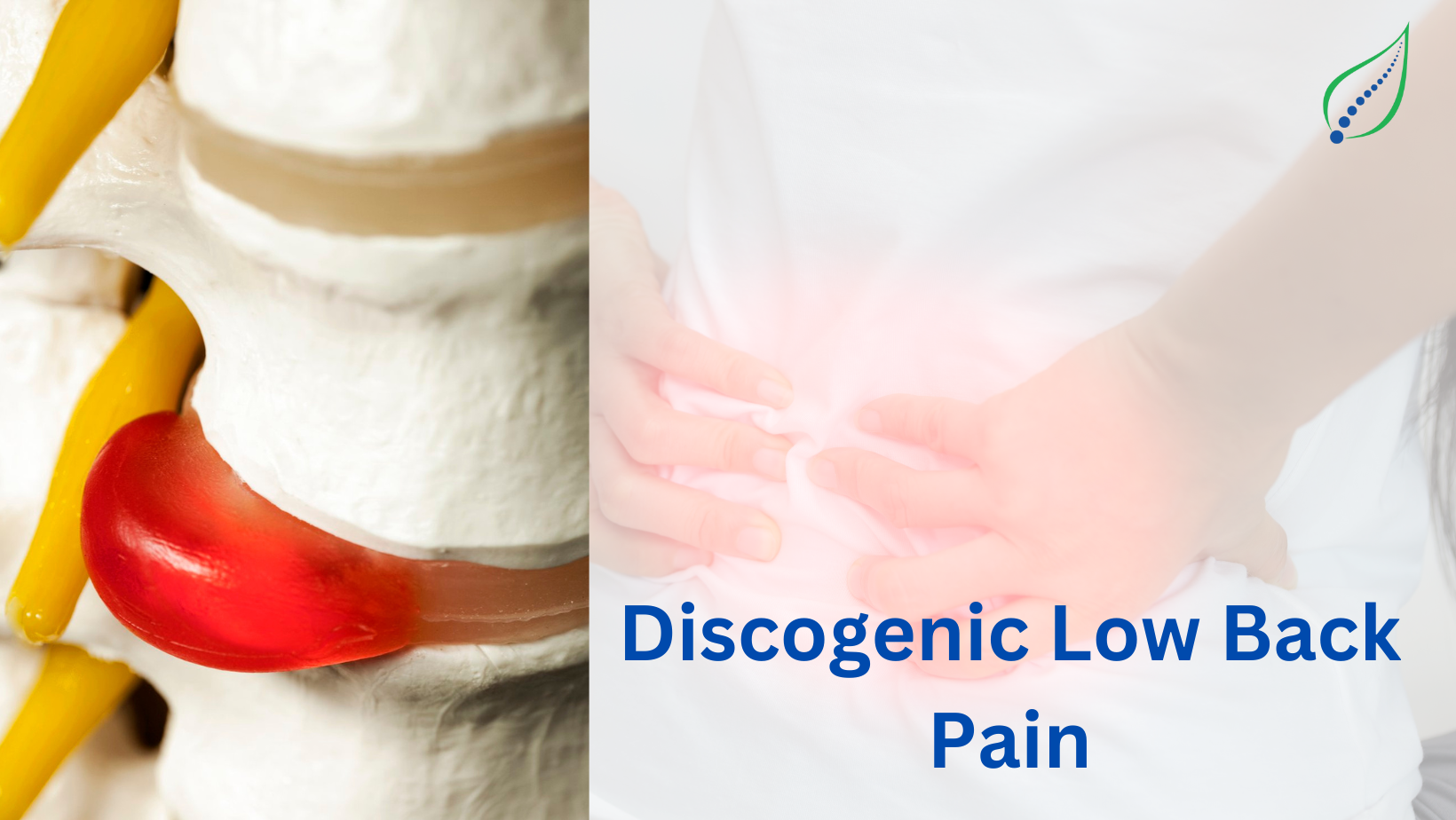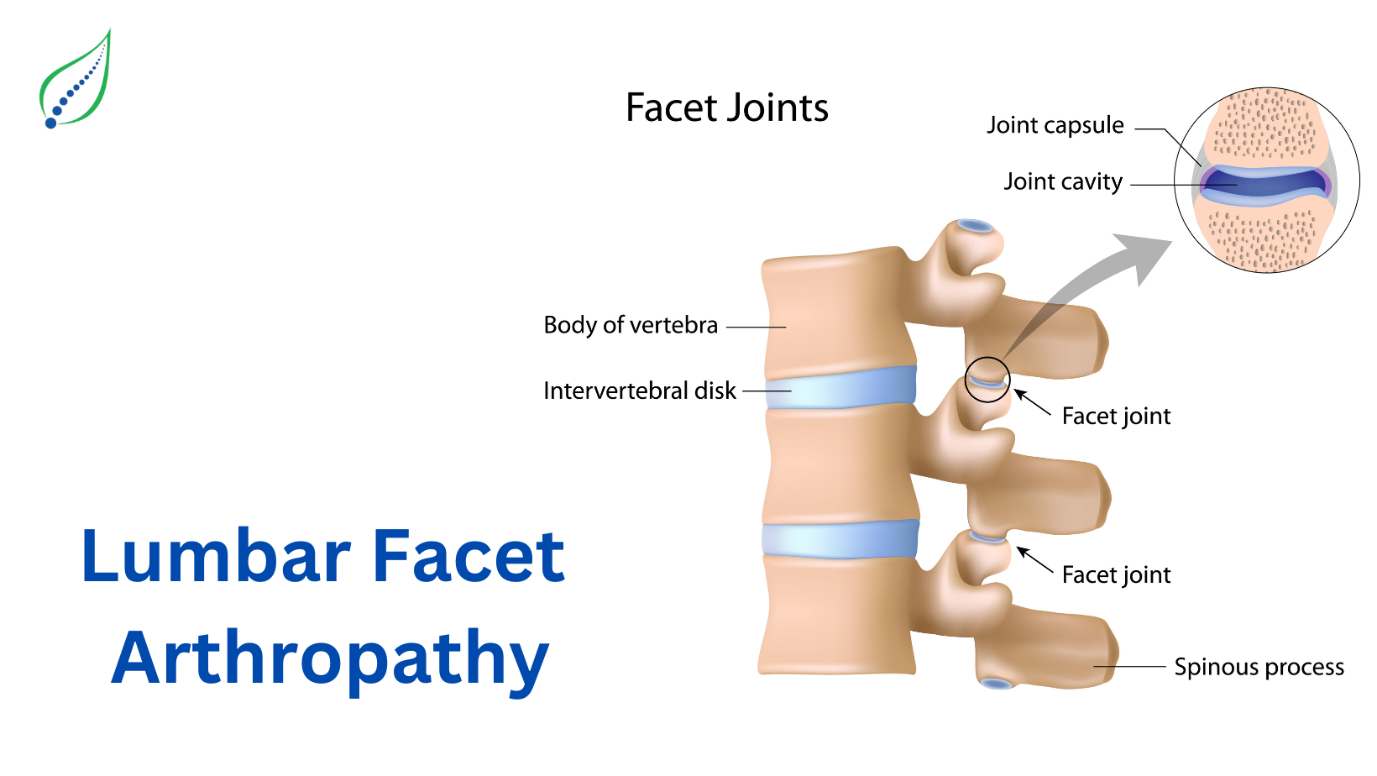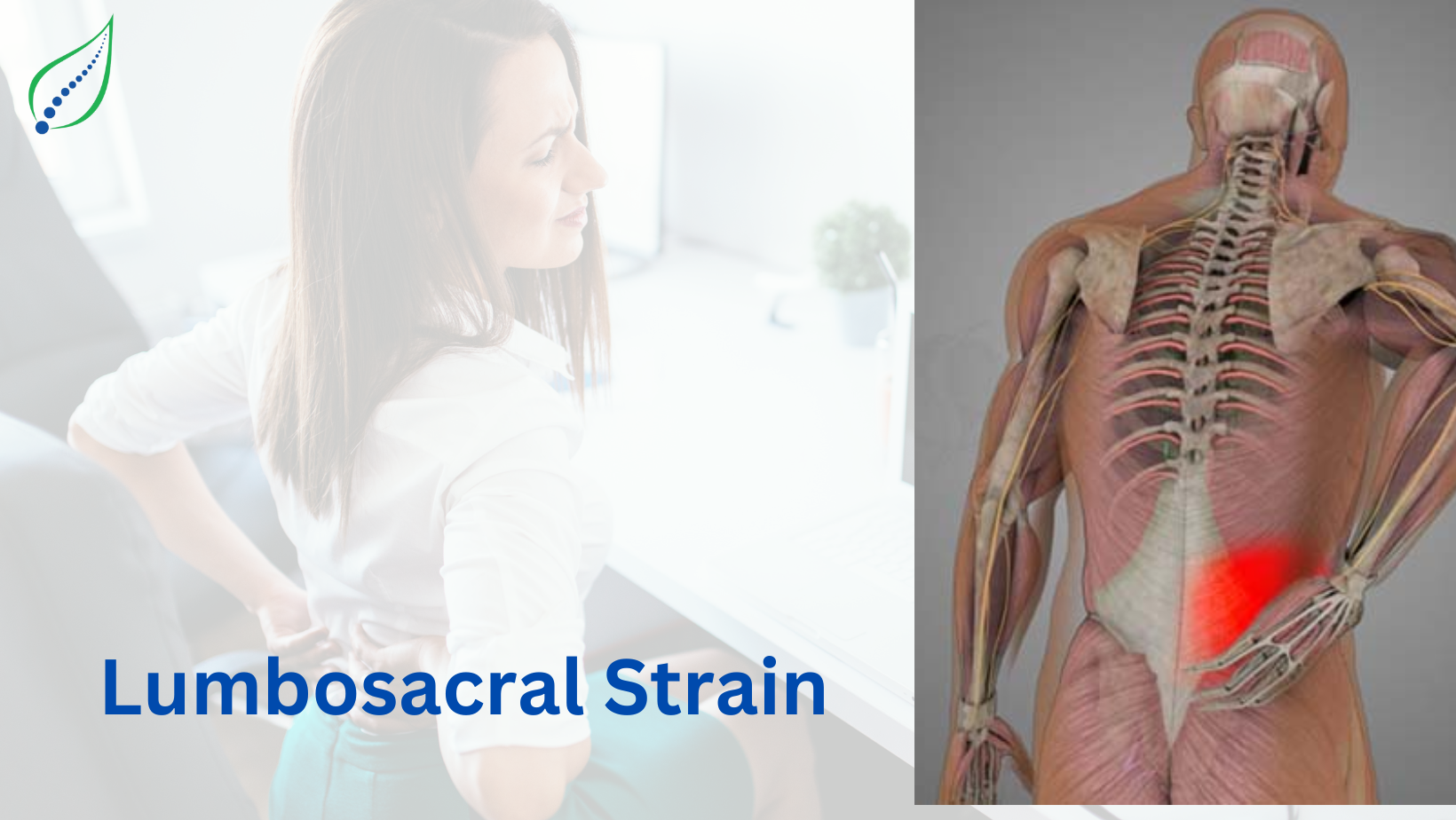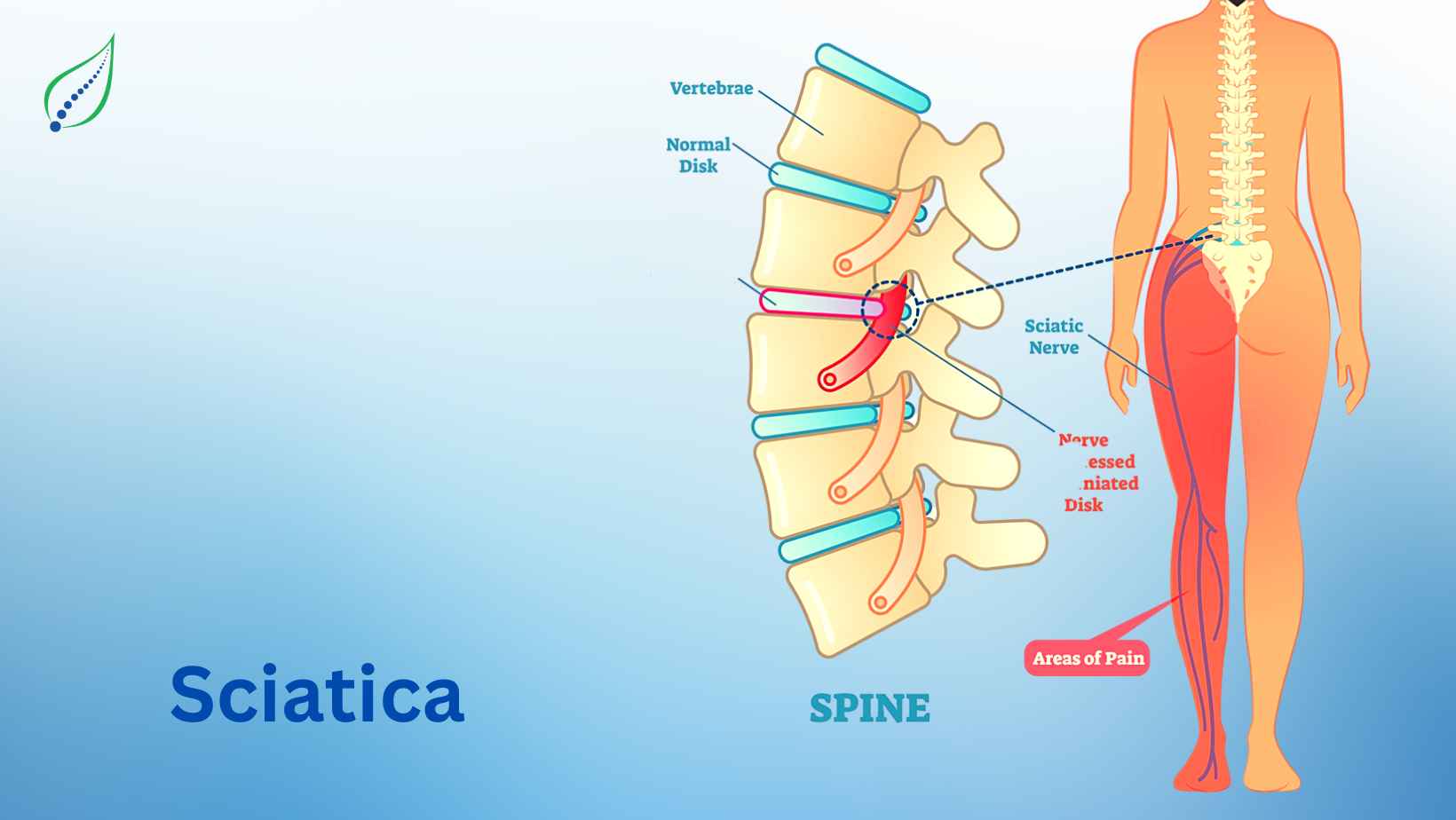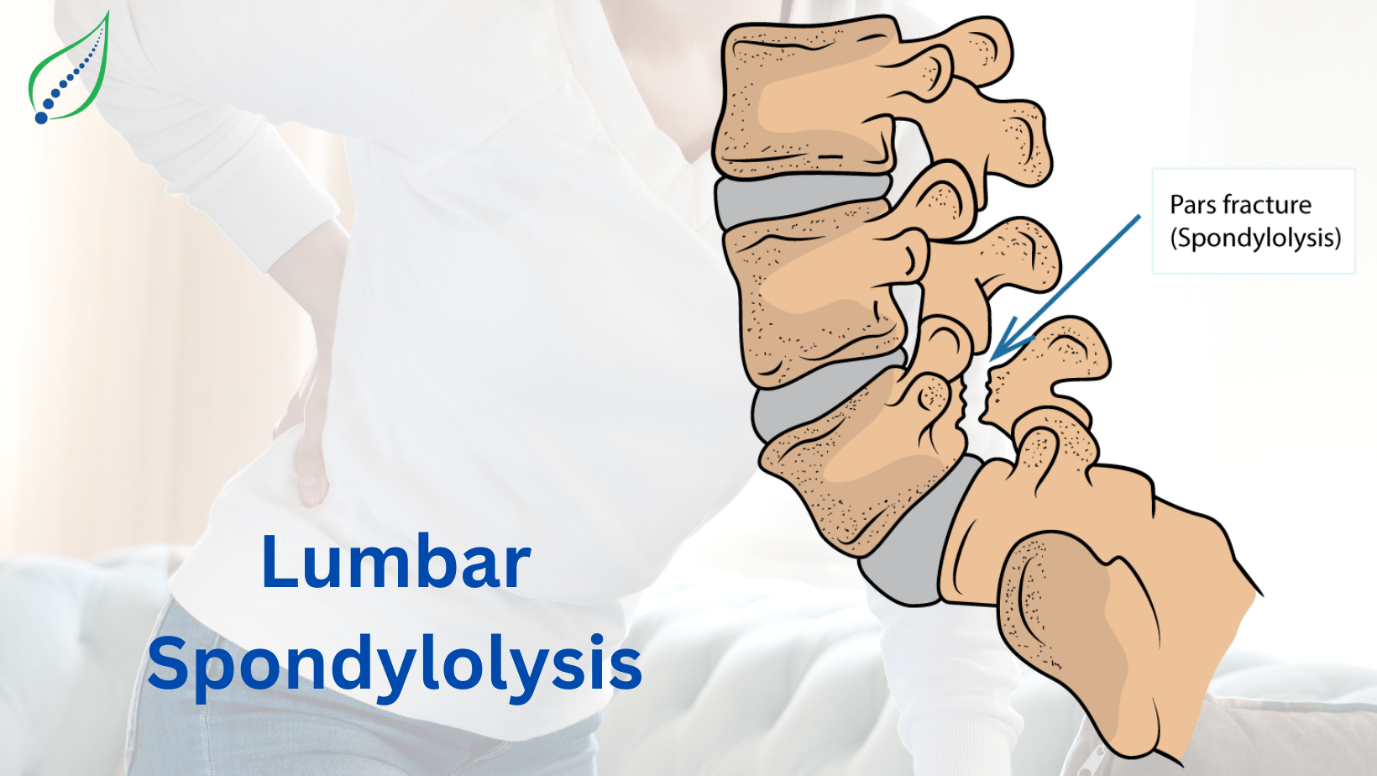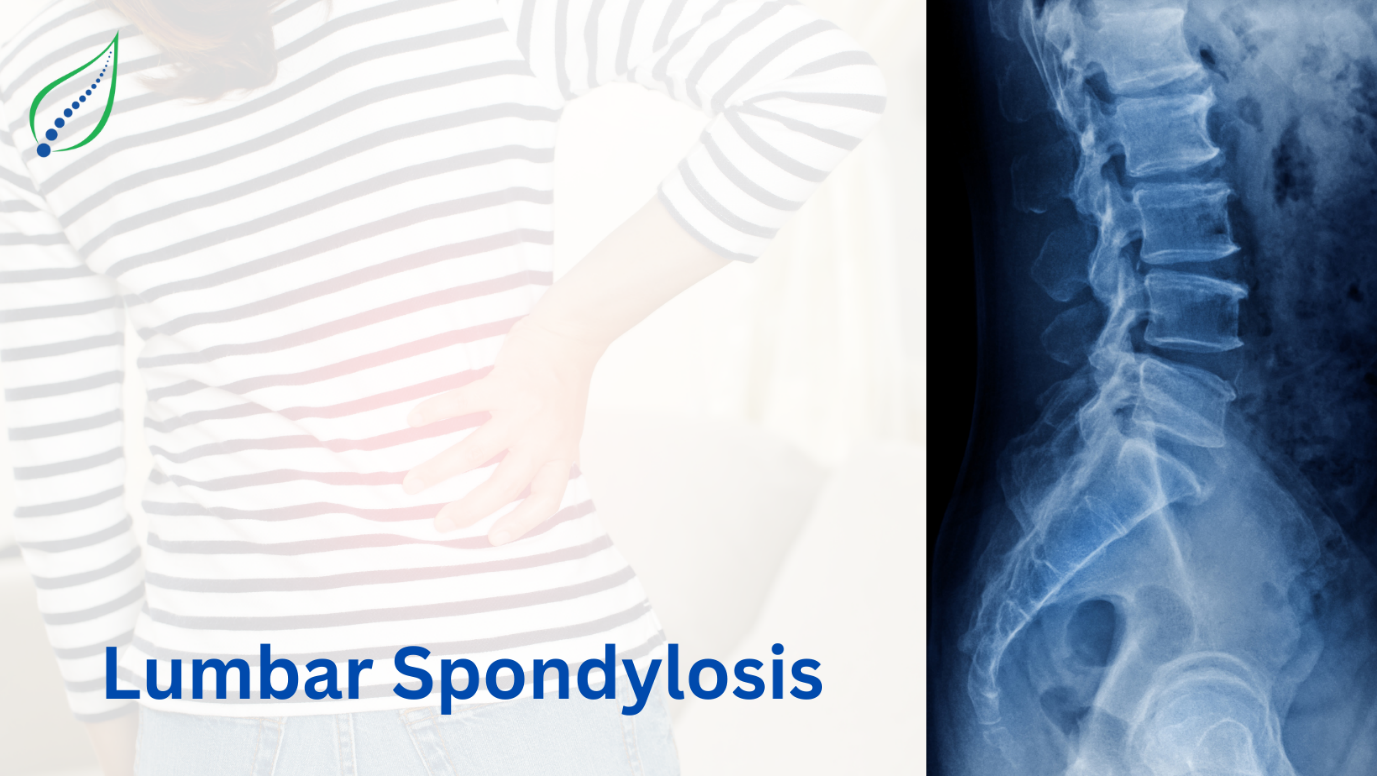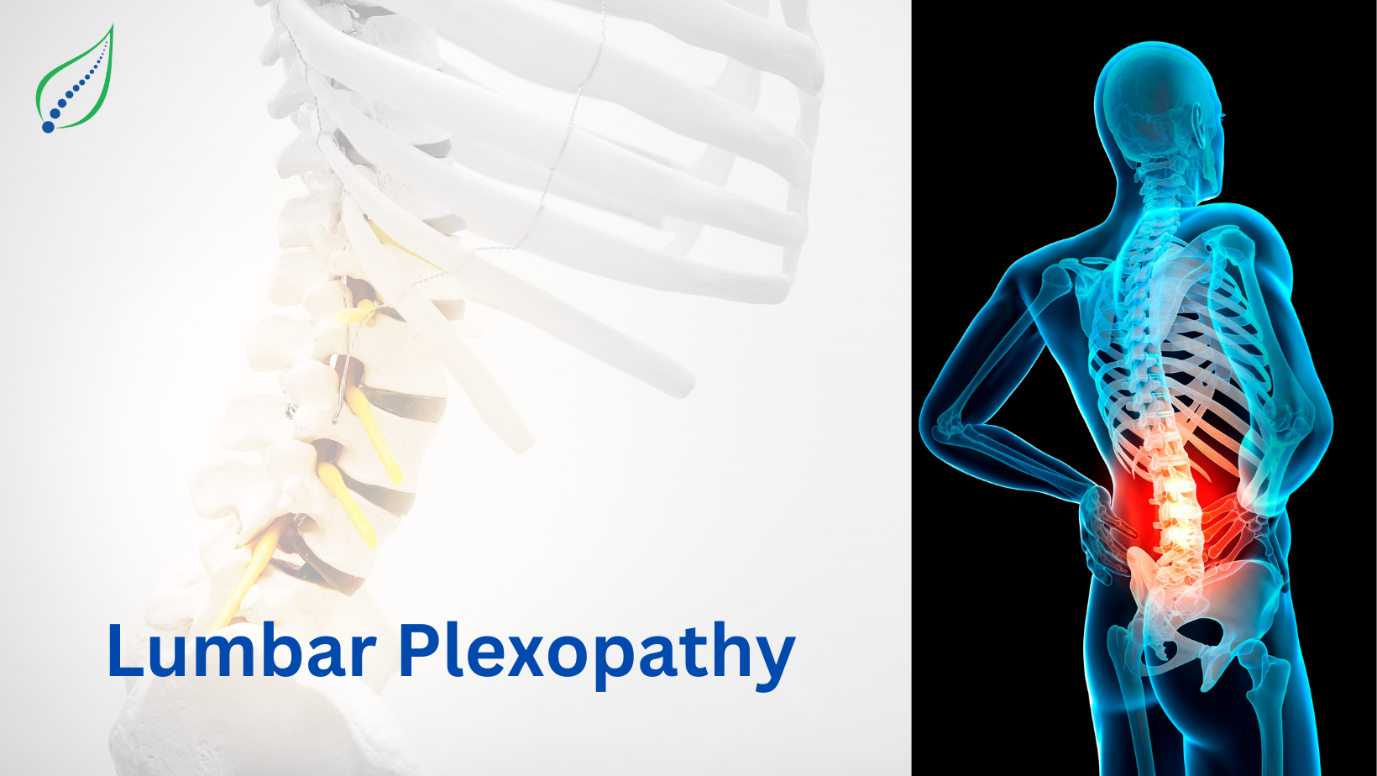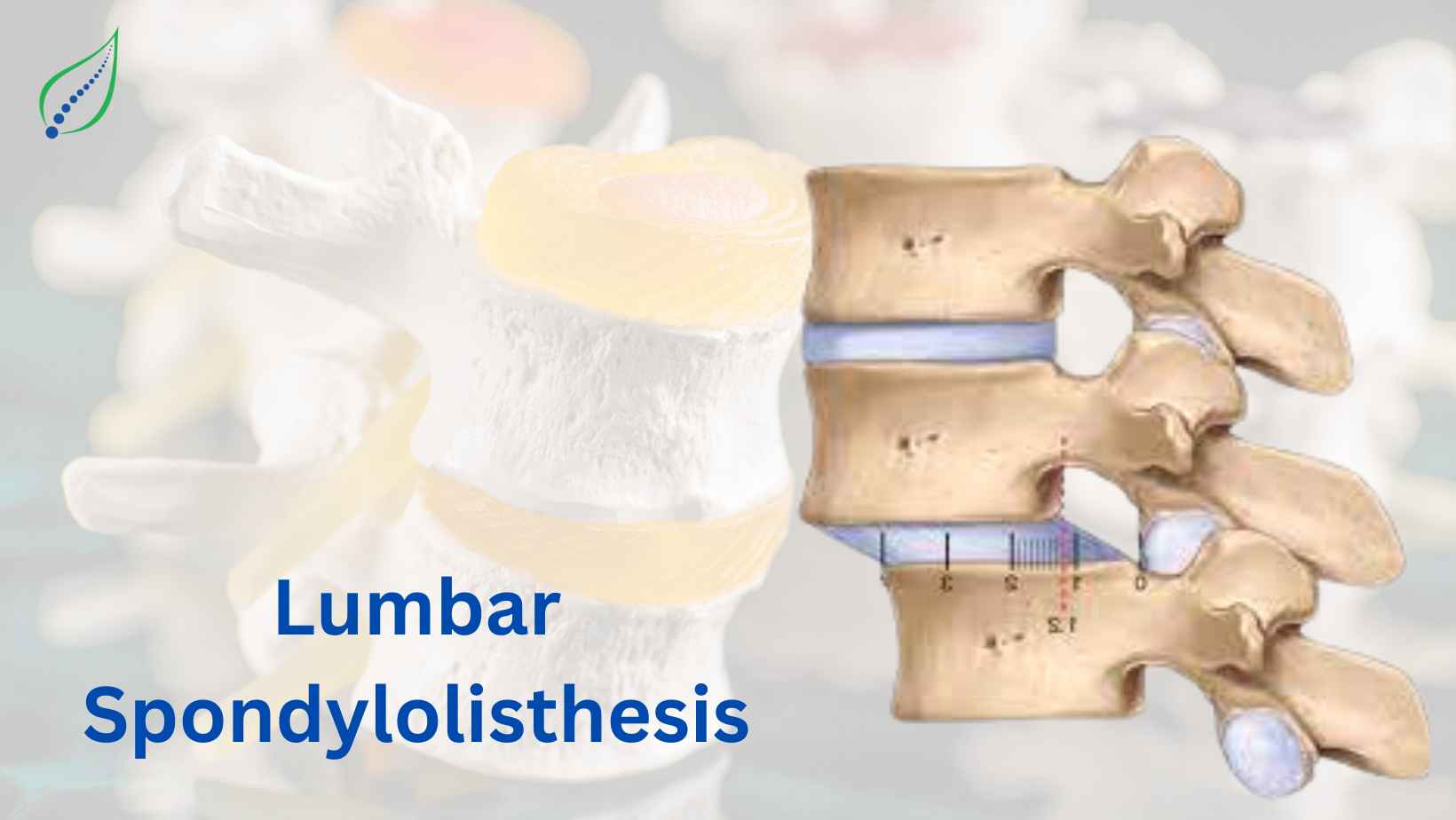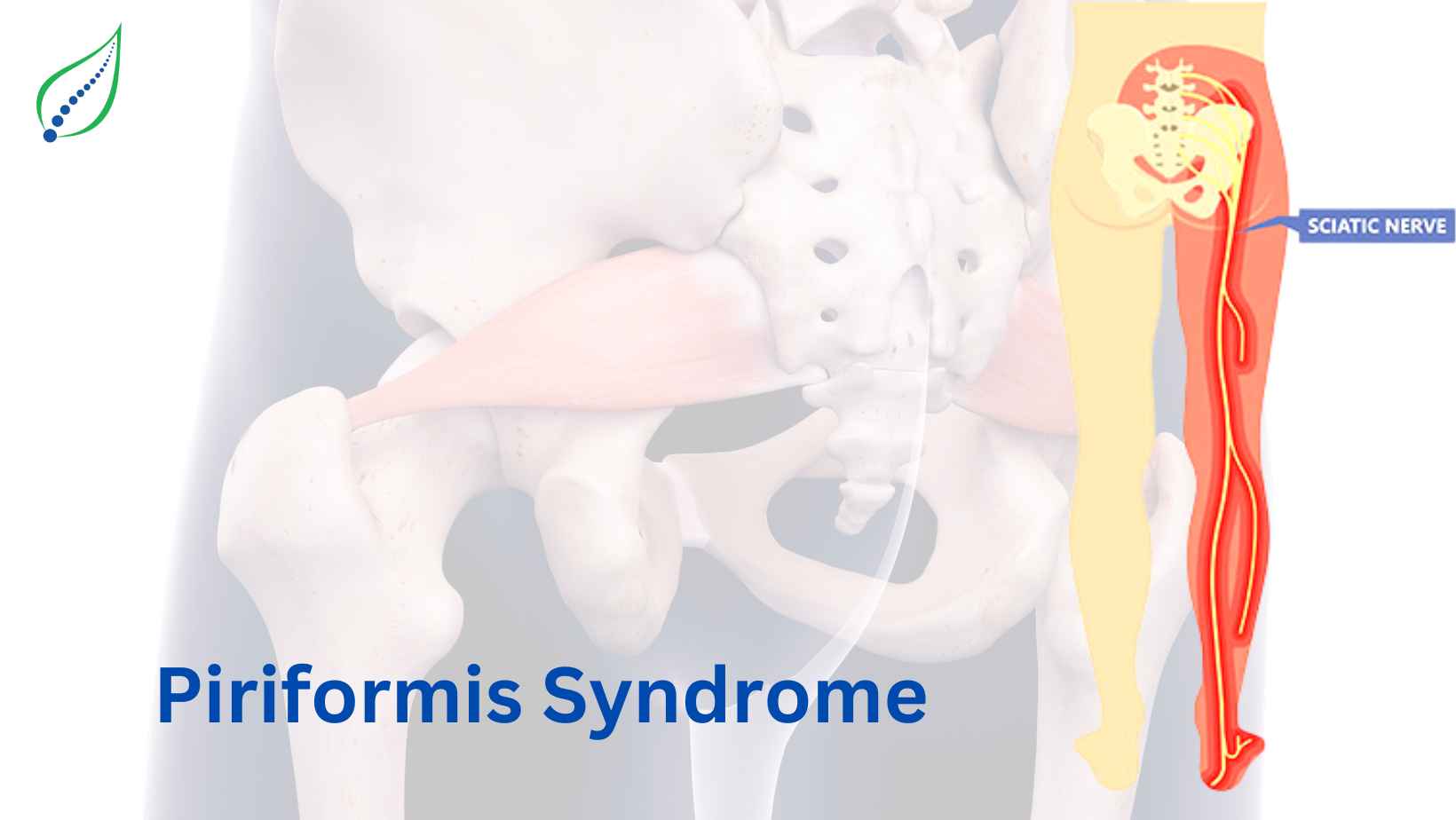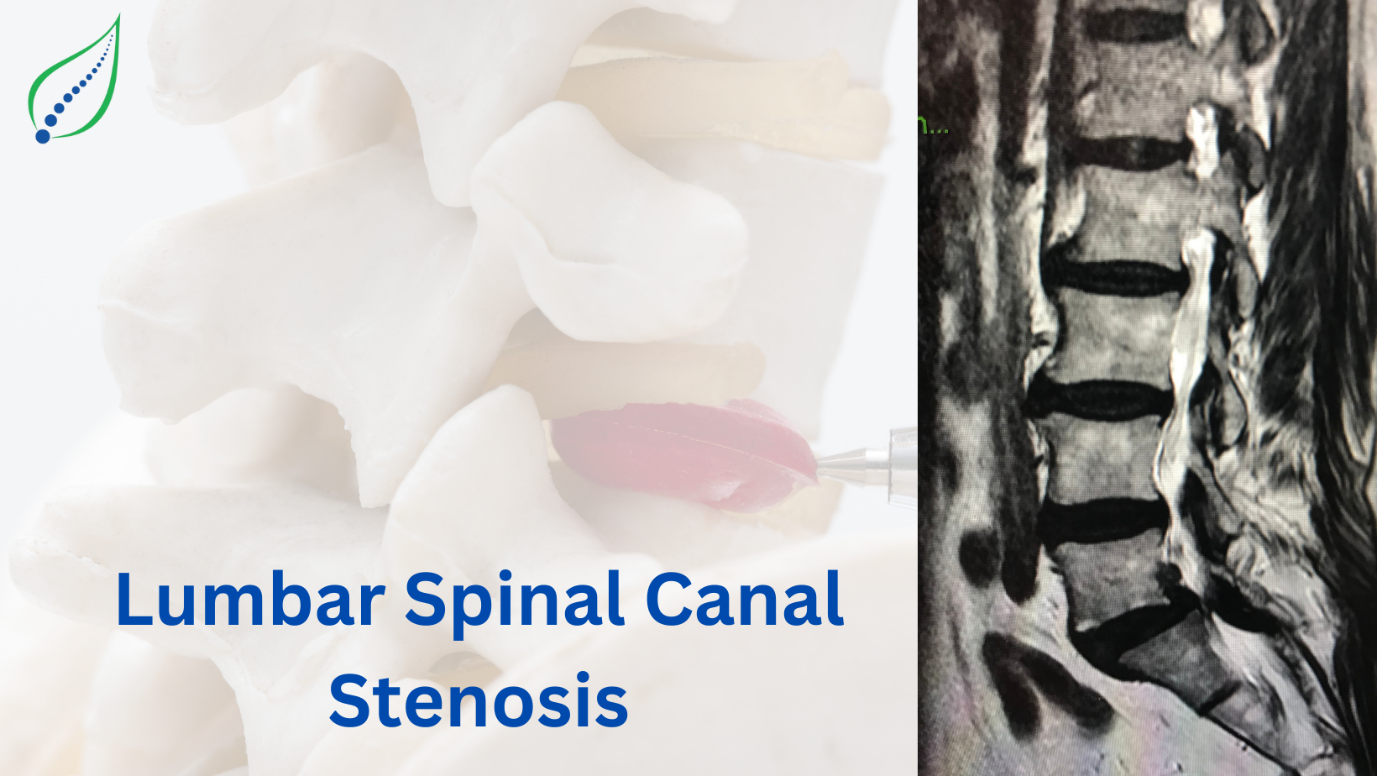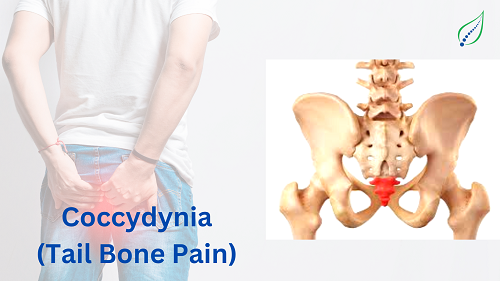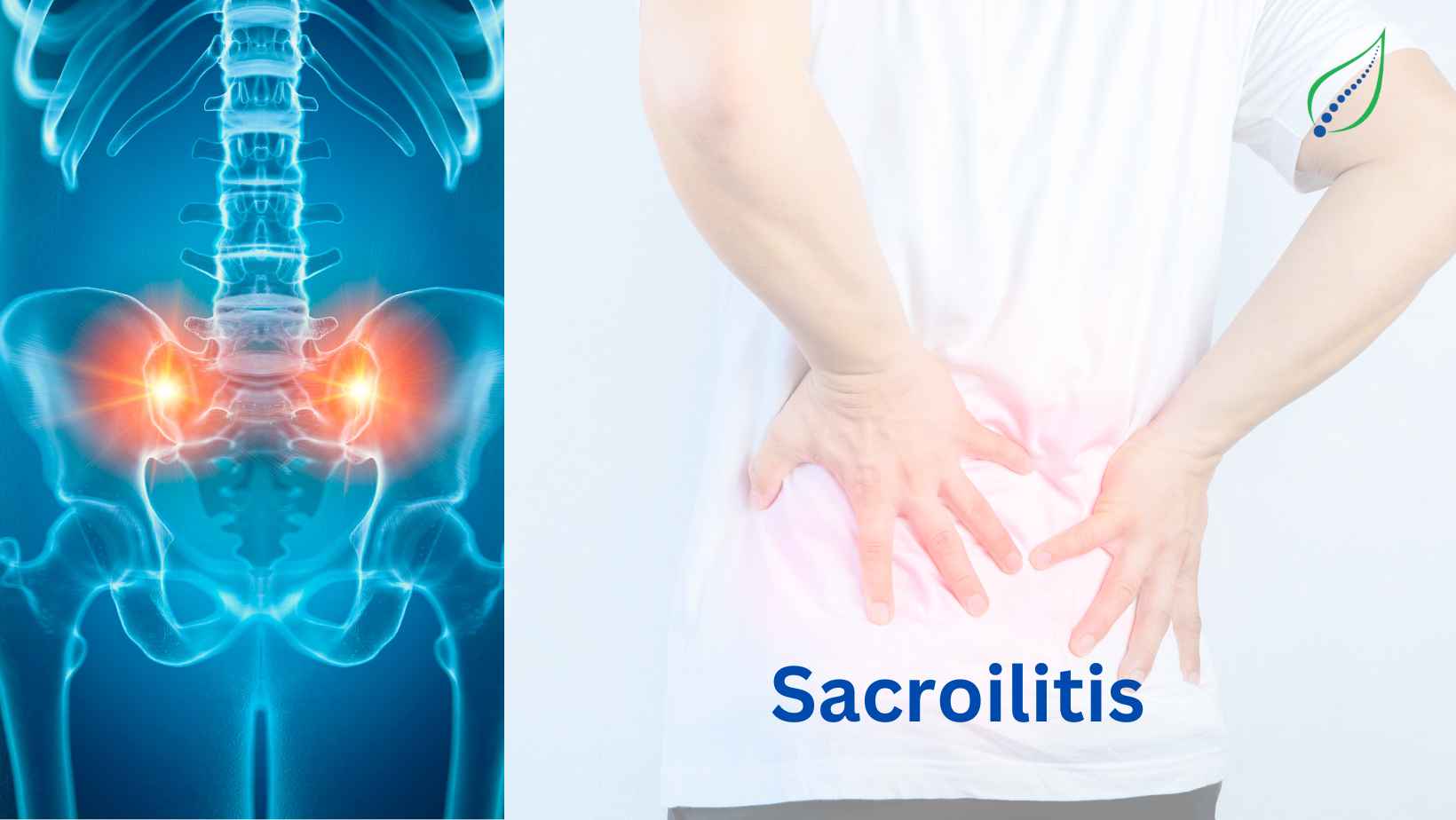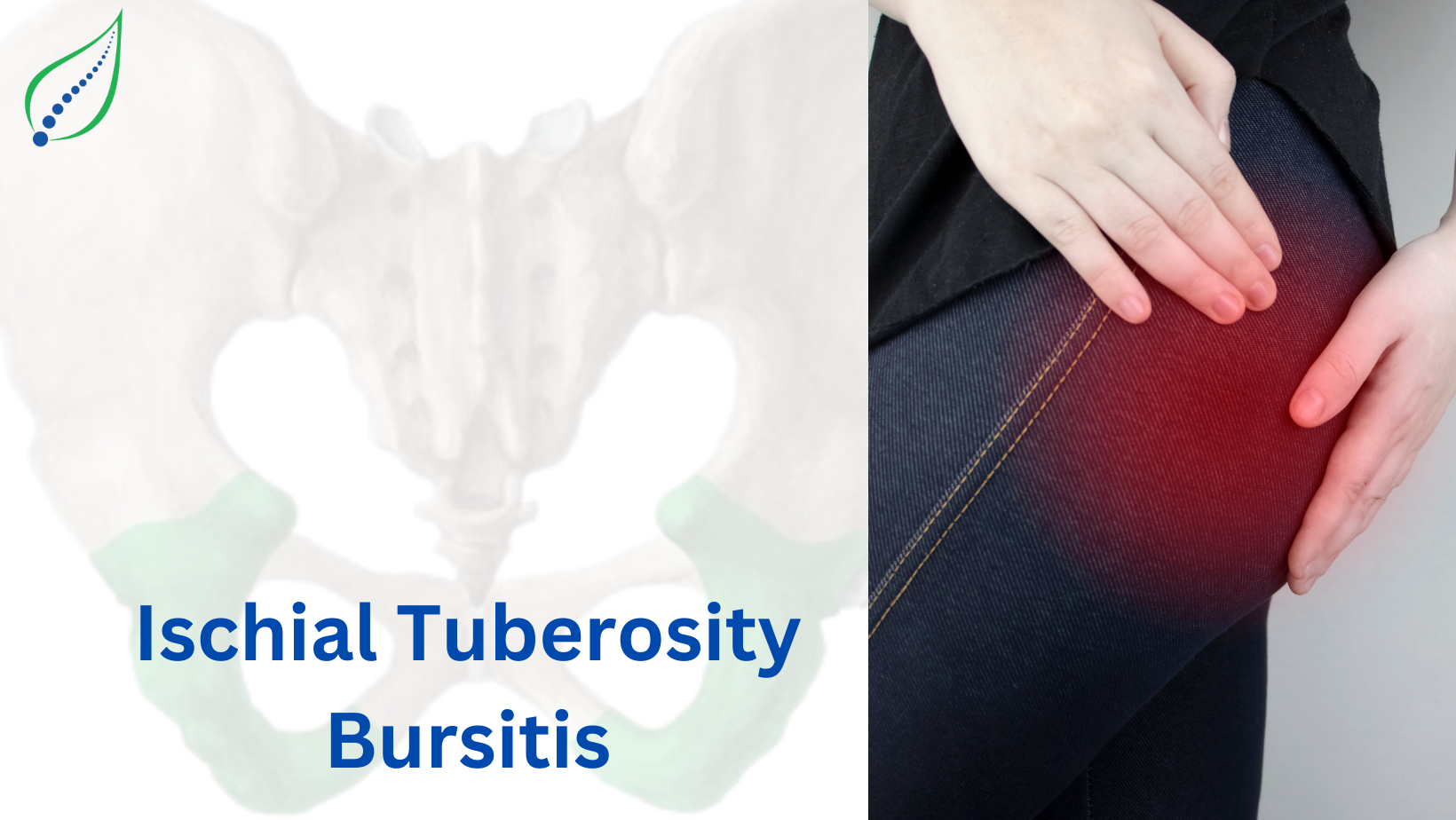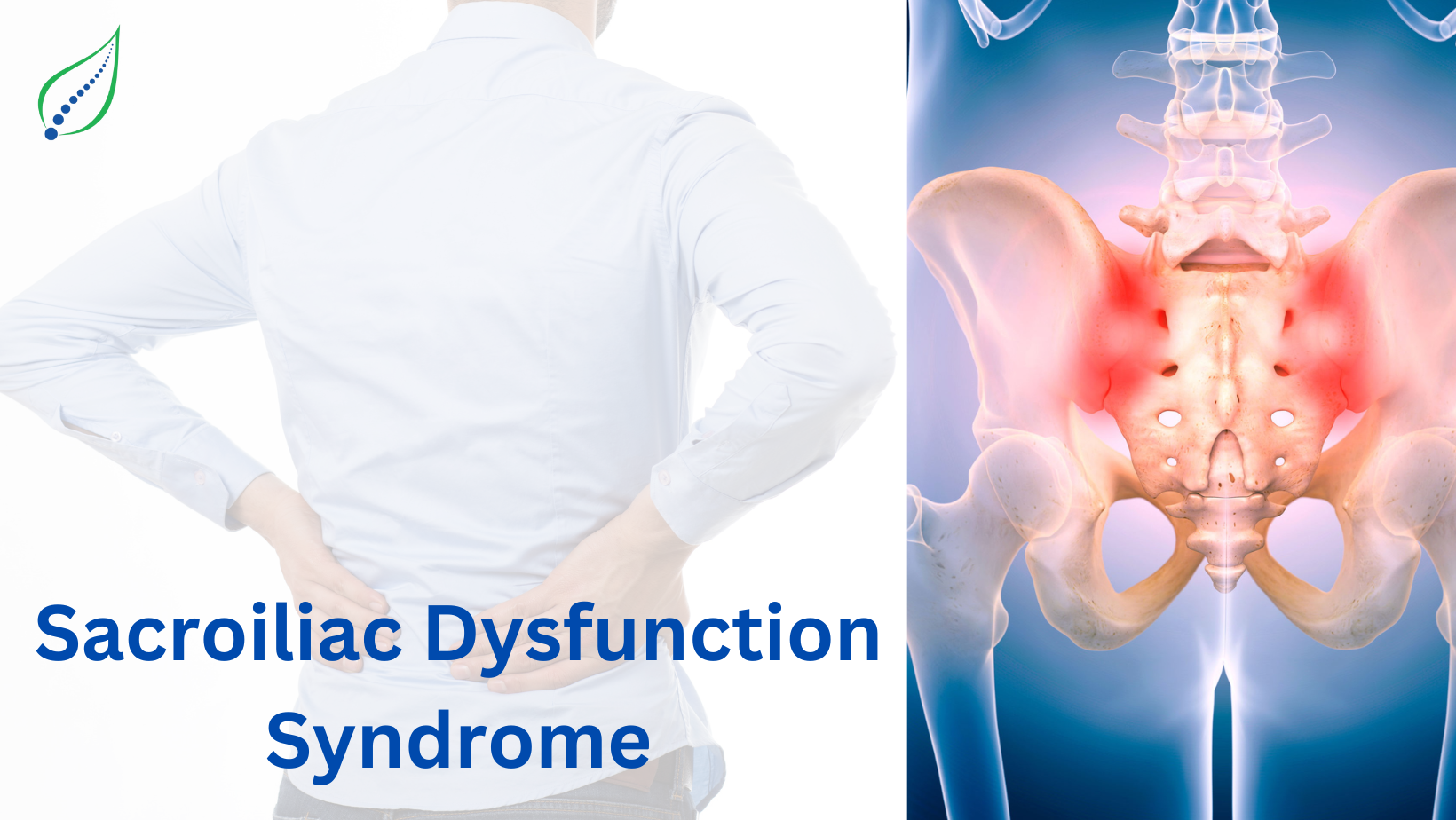Specific Instructions For Consultation
- All consultations are by appointment.
- Please follow your appointment schedule.
- Call on +91 9922 134 134 for appointment.
- Wear loose fitting clothes at your sessions to enable free movement.
- Carry your old reports and films and medical details with you for the visit.
- Do not assume things and it is always better to ask your queries to our care manager any time before or during the course of your treatment. We are always happy to talk to you.
- Inform doctors if you have any allergy or reactions to medicines.

